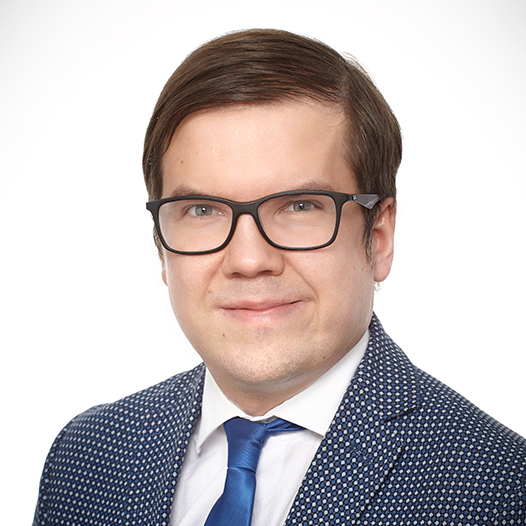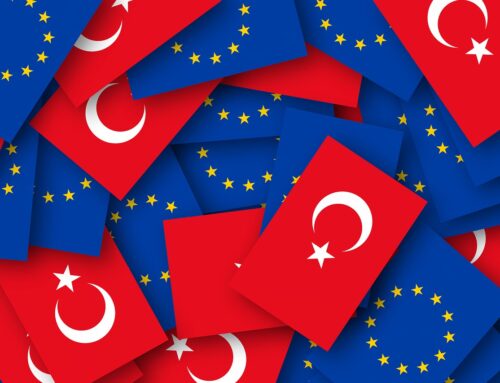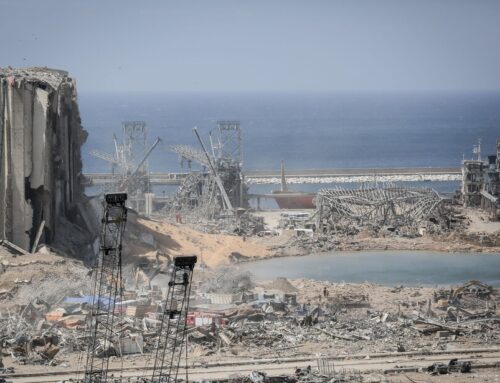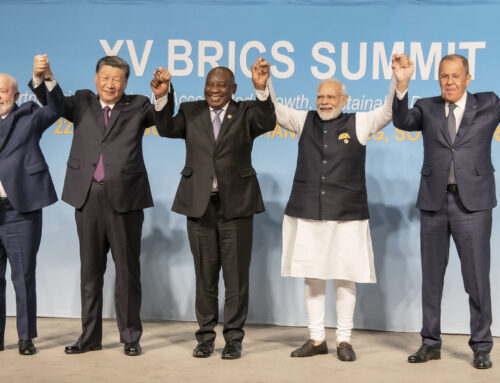PULASKI POLICY PAPER Disinformation in Poland on the war in Ukraine (Andrzej Kozłowski)
Autor foto: Domena publiczna
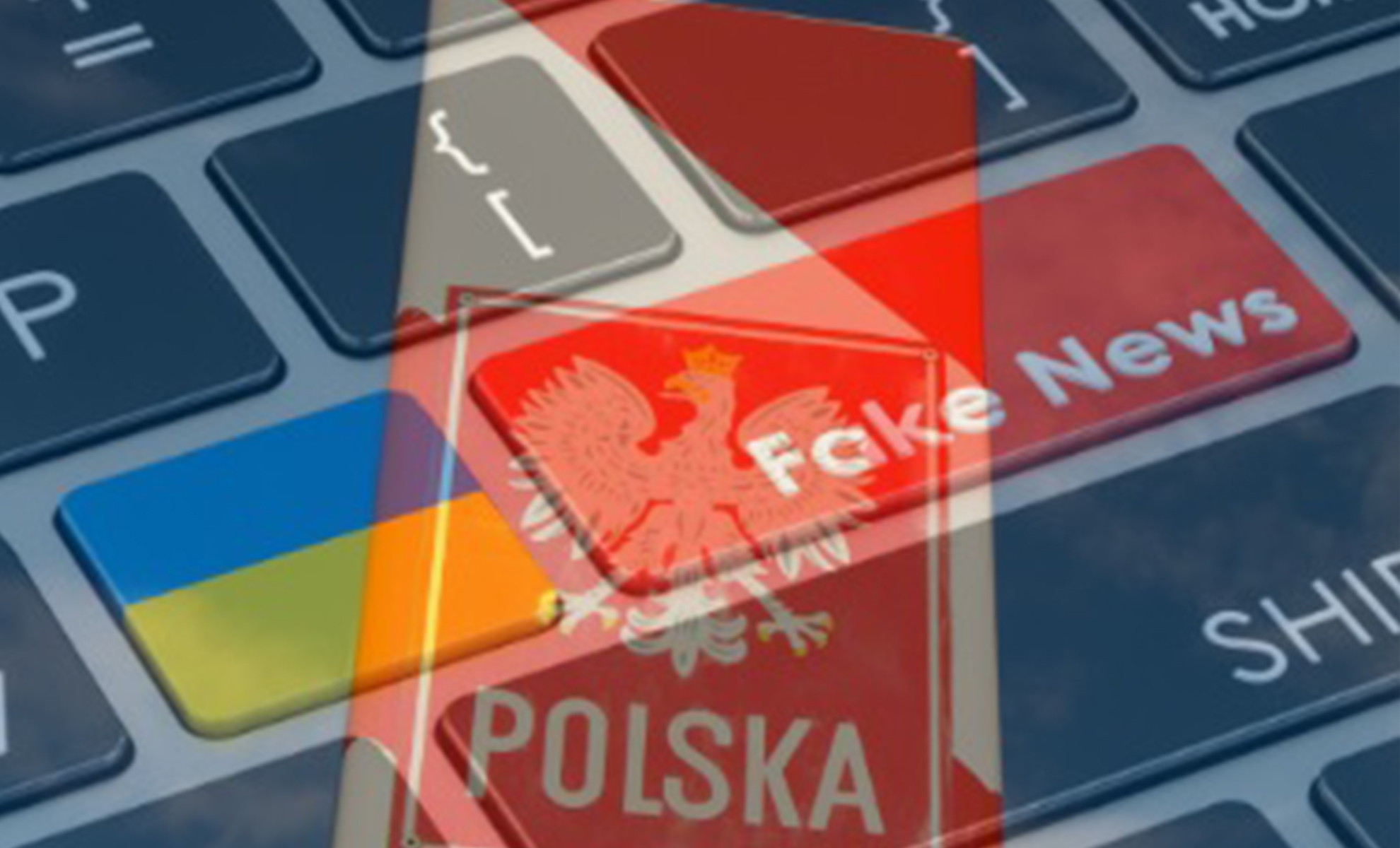
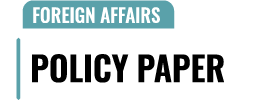

PULASKI POLICY PAPER Disinformation in Poland on the war in Ukraine (Andrzej Kozłowski)
Autor foto: Domena publiczna
Disinformation in Poland on the war in Ukraine
Autor: Andrzej Kozłowski
Opublikowano: 1 czerwca, 2022
Pulaski Policy Paper no 9, 2022, June 1, 2022
Poland has been playing a crucial role in the war in Ukraine. It has been providing a military, economic and humanitarian aid to this country and it has turned in the most significant hub for transportation and military deliveries. Last but not least, Poland has accepted the largest number of Ukrainian refugees and granted them many social privileges. Thereby, Poland has become the number 1 enemy of Russian propaganda and disinformation efforts.
Disinformation before he Russian invasion in 2022
The first disinformation mechanisms on a large scale in Poland exploiting a topic linked to Ukraine appeared in 2013 during the second Maidan revolution. There were narrations that Nazi Junta with Bandera heritage overthrew democratically elected leader and now the far-right movement would rule Ukraine. This popular narration was widespread in most of the Western countries by different disinformation outlets. Nonetheless, it was not the only one. There were attempts to divide Poland and Ukraine over historical issues. The main one was Wolyn massacre – a still not resolved problem of the shared history. Poles were scared by Russian disinformation that the new Ukrainian government has a Bandera and Ukrainian Insurgent Army heritage and would glorify them (when the majority of Poles perceived them as brutal murderers). Also, there were fears fuelled by Russian disinformation that Ukraine may want to seize a part of the Polish territory. On the other hand, Ukrainians were scared with the reminiscence of Polish imperialism and that Warsaw may want to capture Lviv and Western Ukraine. Despite these disinformation narratives the sympathy and cooperation between two nations developed and both Poles and Ukrainians maintained positive images of each other, so Russian disinformation attempts failed.
The disinformation content is as important as the actors, who are responsible for spreading it. Once websites and people offering interesting intellectual alternatives to the Euro-Atlantic foreign policy course transformed into Pro-Russian disinformation spreaders. It was clearly visible that many fans of geopolitics but also websites about the Eastern borderlands participate wittingly, or not, in spreading Russian disinformation. Websites and social media accounts of real people, who before 2013 had written about this forgotten former Polish territory started to spread anti-Ukrainian narratives. Last but not least, all articles about Russia and Ukraine were flooded with the pro-Russian and anti-Ukrainian comments. Fans of geopolitics and Eastern borderlands set up also groups on Facebook, where many discussions had an anti-Ukrainian, and anti-West and pro-Russian flavour. Last but not least, there were also pages such as „Ukrainiec nie jest moim bratem” (Ukrainian is not my brother), which were publishing discriminating and anti-Ukrainian content. The latter had about 60 000 followers but with a quite limited range.
War in Ukraine
The initial disinformation activity in Poland was not coordinated well with the Russian invasion of Ukraine and needed time to start working. Unfortunately, currently the Polish infosphere is flooded with pro-Russian and anti-Ukrainian content. Russian information operations could be divided into several long-term strategic goals but also disinformation very often used an ad-hoc events to achieve its strategic aims: wreak havoc, increase social and political divisions , and undermine the trust to authorities, politicians, and mainstream medias.
The antagonisation to Ukraine minority
More than 3 million Ukrainian refugees left their homeland and escaped to Poland, where they were warmly welcomed by thousands of volunteers, who provided assistance. However, the initial eagerness to help naturally diminishes with time passing and in social media, one may observe the growing number of disinformation trying to polarise Polish and Ukrainian people. Indeed, Poland will financially pay for accommodating many refugees and it could make Polish peoples’ life more difficult (thus the government should clearly explain this situation to them). However, in Polish infosphere many fake stories about prioritisation of Ukraine refugees have appeared. They do not reflect reality, but they are still very dangerous as they can lead to riots.
On Facebook there was a leaflet enumerating the main potential threats linked with Ukrainian minority (graphics 1).
Graphics 1
Readers can learn that Ukrainian refugees will cause the rising prices of renting flats because of the higher demands, the lowering salaries due to the influx of low-cost Ukrainian employees, dangerous cultural changes, the rise of crimes and –maybe the funniest thing – that Polish women will lose jobs and will have fewer chances to find a husband due to the attractiveness of Ukrainian women. There were also stories circulating in social media that in certain hospitals only Ukrainians got medical services, or the Polish children were kicked out from schools because Ukrainian children were sheltered there (see graphics 2).
Graphics 2
Some people were also allegedly surprised that many Ukrainians visited Polish ZOO, attending parties or possess luxury cars and trying to exploit this situation to show that these people do not need help and that in reality they are not traumatised by war (see also graphics 3).
Graphics 3
In the future with the deterioration of the economy, more of such fake stories may appear to spur the hatred toward Ukrainians. These disinformation narratives are the most dangerous and may end with an act of brutal violence against Ukrainians. Unfortunately, the spokesman of the Polish Police informed weeks ago that the number of crimes against Ukrainian refugees is rising and there were the incidents of violence against Ukrainians. Hopefully, they are seldom, but their number may increase if the disinformation is not challenged effectively. This narrative unfortunately is also the most problematic as some of the information mixed with an abundance of fake stories may be true. Polish people will probably wait longer in queues to doctors and will pay extra money, but it is not a blame of Ukrainian refugees but Putin’s barbaric invasion on Ukraine.
NATO and allies will betray us
It is a very common narrative repeated often by many geopoliticians and fans of realism in international relations theory. They claim that in the wake of a war with Russia the NATO members will not fulfil its obligation under article V and will not help attacked Poland. What is more, Germany and other allies will seek for an agreement with Russia over Polish heads. These narratives were especially popular before the war, but currently in the case of significant redeployment of the NATO forces to the Eastern Flank they were rather silenced. On the other hand, there are other classical narratives that Great Britain and the United States want to use Polish soldiers as cannon fodders in the war against Russia and that Poland should stay away. One of the famous Polish geopoliticians spreads this narrative (graphics 4).
Graphics 4
Poland as a warmonger
Poland was also depicted by Russian disinformation as a Russo phobic country, which wants to provoke a war with Russians and tries to pull out the West into it. Unfortunately, some Western experts were vulnerable to these claims and repeated Russian propaganda on this subject. However, currently this narration has been changed, but Poland is still often presented as the country, which pushes to the war with Russia. It was emphasised with the discussion over deliveries of Polish MiG-29 and the fake news that Ukrainian pilots will take off from Polish bases. This story was amplified by the comments of a former American military in Fox News, who said that Poland wanted to do it and Secretary General of NATO personally intervened and came to Poland to stop it. It was fake news, because Jens Stoltenberg arrived to Poland in a day of inauguration of Very High Readiness Joint Task Force (VHRJTF) and his visit was not connected with MiG-29 case (see graphics 5).
Graphics 5
Second time this narrative was used when Deputy Prime Minister Kaczynski proposed the idea of NATO peacekeeping mission. The disinformation apparatus includes even Russian Minister of Foreign Russia claiming that Poland wants to use this mission to drag NATO in the war. Unfortunately, some of these Russian claims were repeated by opposition politicians, journalists, and commentators, what gave them some credibility.
It is not our war. We should stay aside
Another misleading narrative claims that Poland should not involve in the war in Ukraine by, for example, providing weapons and should avoid harsh rhetoric because it may provoke Russia to hostile actions. However, it is not a clear example of disinformation, because in democracy everyone has a right to have own opinion, but it has a detrimental effect on the public opinion and it is cohesive with Russian claims. In the opinion of these people, Poland should behave selfishly like Hungary because this war is an Ukrainian one, not a Polish. This is the exact implementation of Kremlin scenario, which many times warned about the Western interference in the Ukraine war. But fear is the fuel of Kremlin policy and Russia likes to threat other countries in the international area. Following them and adopting a non-hostile to Russia policy do not guarantee safety and peace. For example, Bulgaria tempered its hostile behaviour toward Russia, but gas delivery was cut off too. Another narrative is also that Poland should not be on a frontline of actions against Russia; it is however again distorting reality because Poland is bordering with all the sides of war: Russia, Belarus and Ukraine and in fact it is Poland’s war too. It should be clear to everyone that if Ukraine failed Poland and Baltic States would be the next. Considering the scale of destruction of Ukrainian infrastructure and Russian cruelty, nobody in his right mind may claim that the war in Ukraine is not our war. This argument is very often repeated by Polish far-right, nationalistic and geopolitics groups.
Beside these long-term disinformation narratives in Polish infosphere there is also ad-hoc campaign exploiting current events. First one was noticed just after the outbreak of war, when stories in infosphere circulated about running supplies of fuel and also the panic was spread about withdrawing money from ATMs. It caused long queues on gas stations and in front of ATMs and in some places even the shortage of money (see graphics 6).
Graphics 6
Another situation which was exploited by disinformation apparatus happened when Russian soldiers entered Chernobyl nuclear power plant. The nightmares of Chernobyl catastrophe from 80s returned and Poles started to storm pharmacies looking for Lugol medicine, a hazardous behaviour in the light of Lugol’s toxicity.
Who is spreading disinformation?
There are many actors spreading disinformation on various levels, both deliberately and unwittingly. First, there are websites which are responsible for spreading disinformation and they are continuing doing so despite the ban of Sputnik and RT in the EU. It has been happening because these two propaganda outlets were not popular in Poland and the distribution model was different. Various Polish websites copy a content from RT and Sputnik and publish it as their own and these website still exist. There is also famous disinformation site such as Kresy.pl or Dziennik Polityczny and some minor sites linked mostly with far-right, nationalist movement, and geopolitics. Obviously, they are not the most effective actors spreading disinformation because the main element are the social media. There is a visible trend that actors responsible for COVID-19 disinformation changed their names to groups against Ukrainians, for instance, an original group name “We don’t believe in COVID-19 Pandemic” was changed into “STOP Ukrainization of Poland”. The same happened with accounts who spread disinformation about COVID-19 or 5G on other social platforms as Twitter. There were also hundred anonymous accounts created in the last weeks, who actively comment on articles and post about Russia and Ukraine. It is a very common characteristic of Russian strategy. Last but not least the most harmful may be a bunch of politicians, commentators and “experts” who have a significant audience and wittingly or not spread disinformation. We have examples of politicians who contested the massacre in Butcha, geopolitical experts who are trying to convince that the war in Ukraine is not our war and are interviewing Russian ambassador in the midst of the war. There were also journalists who spread anti-Ukrainian stories or disinformation about energy. It is rather unlikely that they are paid by Russians, but they behave as classical useful idiots.
Conclusion
1. Disinformation is a natural part of every war and could have negative consequences far beyond the front line. It is hardly unlikely that it may change government policy toward the war or scare Polish people, who will put pressure on authorities to stand aside.
2. The most dangerous effect could be tensions between Ukrainian minority and Polish people. Disinformation efforts will continue to blame the refugees for worsening economic situation in Poland and other problems in everyday life of Poles. If the initial sympathy and the gigantic aid for Ukrainian refugees transform into hatred the disinformation will win.
Author: dr. Andrzej Kozłowski, Head of Research Office, Casimir Pulaski Foundation

